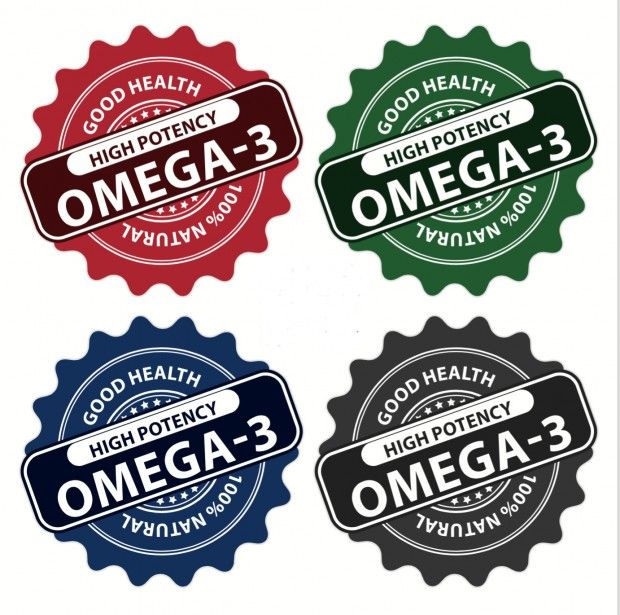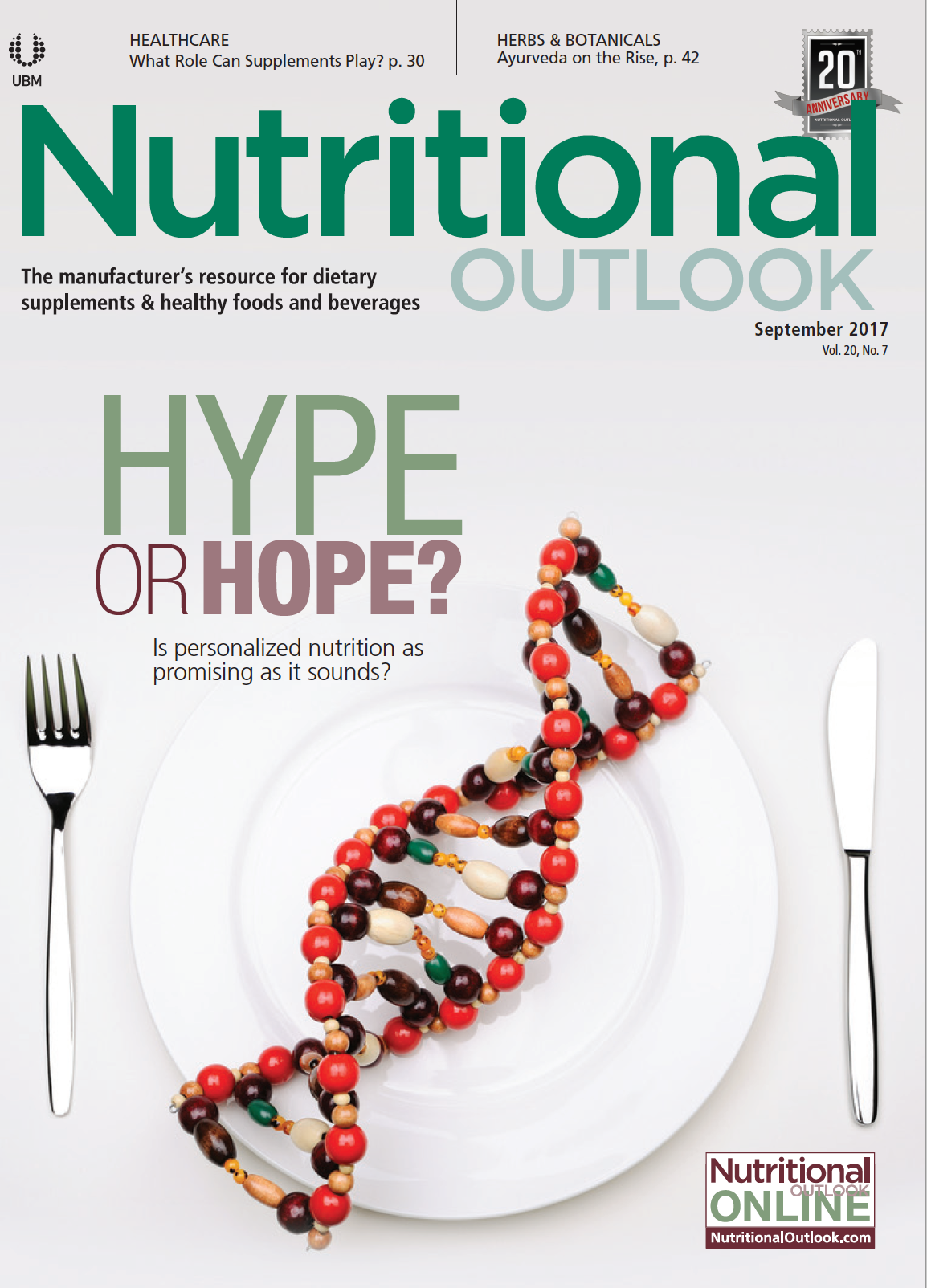Will the High-Concentrate Omega-3 Supplements Market Eventually Plateau?
Will brands and formulators have to do better than simply offering higher concentrates in order to keep consumer interested in omega-3s supplements?
Photo © Shutterstock.com/DeiMosz

There are many reasons why consumers reach for omega-3 concentrates. First, most obviously, is the ease of delivery concentrates offer. “Smaller capsule and softgel sizes can be used to deliver a dose of [high-concentrate] omega-3s that’s comparable to those delivered by large, traditional fish oil supplements,” says Blayney McEneaney, vice president of sales at NutraScience Labs (Farmingdale, NY).
Indeed, the market for high concentrates is booming as more consumers become familiar with the benefits of omega-3s overall and look for the benefits of higher doses, says Hugh Welsh, president of DSM North America (Parsippany, NJ). “This is important because as the category has grown and recruited more mass-market consumers, capsule sizes-or having to consume multiple capsules-have become key satisfaction and compliance barriers,” he adds.
But the benefits of high concentrates don’t end with consumers.
According to Thomas Gulbrandsen, global sales and marketing director for EPAX Norway AS (Aalesund, Norway), highly concentrated omega-3 supplements give formulators the opportunity to tailor EPA:DHA ratios and boost content. Plus, adds Greg Berthomieu, vice president of strategic partnership at Stauber Performance Ingredients (Fullerton, CA), high concentrates also “allow complex formulas by making room in the capsules for other ingredients,” which means that formulators can develop personalized supplements when high concentrates of omega-3s are used.
And while the higher price tag carried by high concentrates may have been a barrier to entry for some consumers in the past, that barrier isn’t as challenging as it used to be, thanks to the proliferation in the market and subsequent lowering of prices.
According to Aldo Bernasconi, PhD, director of information and research at the Global Organization for EPA and DHA Omega-3s (GOED; Salt Lake City, UT), cost barriers have given way to other barriers. Among them is the perception that concentrates are less natural than refined fish oils since they undergo more processing. For formulators, the narrow group of potential consumers is an additional challenge: “The advantage of taking fewer smaller capsules is particularly relevant to some groups of consumers (people who take higher dosages, or those who may have difficulty swallowing larger pills, like pregnant women or the elderly),” Bernasconi says. “Other groups of people may be less motivated to spend a little extra, or look for a different formulation. Brand loyalty or availability may be more important to them.”
Berthomieu agrees that cost isn’t what stands in the way for high concentrates or even the wider omega-3 market. What he believes is that a lack of innovation and differentiation will be to blame if the market reaches another plateau or downward trend. “Marketers can easily find oils today that are up to 90% concentrated at prices that are affordable for the dietary supplement market,” he explains. “There is so much capacity and competition today on the manufacturer’s level that cost is no longer an insurmountable barrier for consumers. I think the limitation for high concentrates is that, while they are very interesting products, they remain omega-3s, and the category as a whole is lacking dynamism, and not generating the excitement that it used to.”
Injecting Excitement
In order to keep interest up, brands and formulators will have to do better than simply offering higher concentrates. The good news? Experts believe there are myriad ways to differentiate.
The first way is through making the case for omega-3 supplementation in the first place, says Becky Wright, marketing and communications director of Superba at Aker BioMarine Antarctic US (Metuchen, NJ). The current trend towards eating a well-balanced and whole-food diet is a healthy shift. But many consumers eating a healthy diet may not think they even need supplementation to get their necessary omega-3s, and this is a missed opportunity, explains Wright.
“EPA and DHA are the differentiators when it comes to omega-3s, especially when you line them up against ALA,” she says. “That’s the first differentiator, and an important one, because I think consumers believe if they sprinkle some flax or chia on their salads, that this is equivalent to eating a piece of salmon. That just isn’t true. I don’t think these differences have been well communicated at the consumer level.”
With the basics covered, another way to differentiate is through creative sourcing, and then telling the sourcing story to consumers.
Berthomieu says that tapping into algae-based omega-3s can help marketers explain overfishing and appeal to eco-friendly shoppers. GOED’s Bernasconi believes that algal omegas also provide marketers the opportunity to talk about better nutrient loads: “Algal oils with a higher content of DHA are particularly valuable for pregnant women and the elderly for brain and vision health, as well as for people who avoid seafood, like vegetarians and vegans or people with fish allergies.”
Eco-friendly consumers will also be interested in knowing the stories behind their supplements, says Bernasconi, and marketers can appeal by offering background about fisheries. At J+D Laboratories (Vista, CA), vice president Dev Majmudar agrees that telling stories about the source of the oil (for example, “where the oil was processed, if the oil was wild caught or farm raised”) can be leveraged to show product purity, as well, including demonstrating that fewer heavy metals and pesticides were in use.
At Soft Gel Technologies Inc. (Commerce, CA), the storytelling focus is on quality. President and CEO Steve Holtby places great emphasis on the company’s commitment to quality, including its testing procedures, reputable supply chain, and final product. “Not all omega-3 fish oil supplements are the same,” he says, “and marks of differentiation include less fishy taste and smell, low levels of pollutants, and more.”
Another way omega-3 marketers can set their products apart on the shelf is by creating more personalized formulations. And the first way to do that is to get creative with deliveries.
According to Berthomieu, new technologies permit the incorporation of omega-3 concentrates into emulsions, gummies, beverages, foods, and more. “For example, we offer omega-3 in powdered form with good stability, potency, and organoleptic characteristic for drink mix applications,” he says. “This represents very interesting opportunities to capture categories of consumers that won’t take softgels.”
Matts Johansen, Aker BioMarine’s CEO, says that growth in the future will depend on personalizing formulations to appeal to consumers beyond the typical Baby Boomer. “How can we target the 30-year-old male?” he asks. “Applications outside the supplement sector may be on the horizon, be it food products or cosmetic products.” Jolie Root, senior nutritionist and educator at Carlson Laboratories (Arlington Heights, IL), agrees that functional foods are the new frontier for omegas, specifically because this delivery can open the door to young families who aren’t ready to embrace traditional fish oil supplements.
Another way to personalize formulations is by adding in other ingredients, like vitamin D or curcumin, says Bernasconi, or by tailoring the supplement to a specific condition or life stage.
At Aker BioMarine, personalized nutrition was the inspiration behind the launch of The Omega-3 Index Project, an initiative to raise awareness about insufficient omega-3 intake levels globally and to enable consumers to test their own omega-3 levels. “Using a simple nutritional tool called The Omega-3 Index Text, everyone will be able to measure their omega-3 levels and then take steps to devise an omega-3 regimen that works for them,” says Wright. “Perhaps this could create more loyalty for consumers who to this point have taken these nutrients based mostly on blind faith. Now they have a measurement so they can more appropriately take the omega-3s they need.”
Also read:
Omega-3 EPA and DHA Supplementation Reduces Risk of Cardiac Death in New Meta-Analysis
Omega-3 Consumption Lowers Risk of Coronary Heart Disease in New Meta-Analysis
2016 Omega-3 Market Update: Fish Oil, Krill Oil, Astaxanthin, and More

Prinova acquires Aplinova to further increase its footprint in Latin America
April 7th 2025Prinova has recently announced the acquisition of Brazilian ingredients distributor Aplinova, which is a provider of specialty ingredients for a range of market segments that include food, beverage, supplements, and personal care.

























